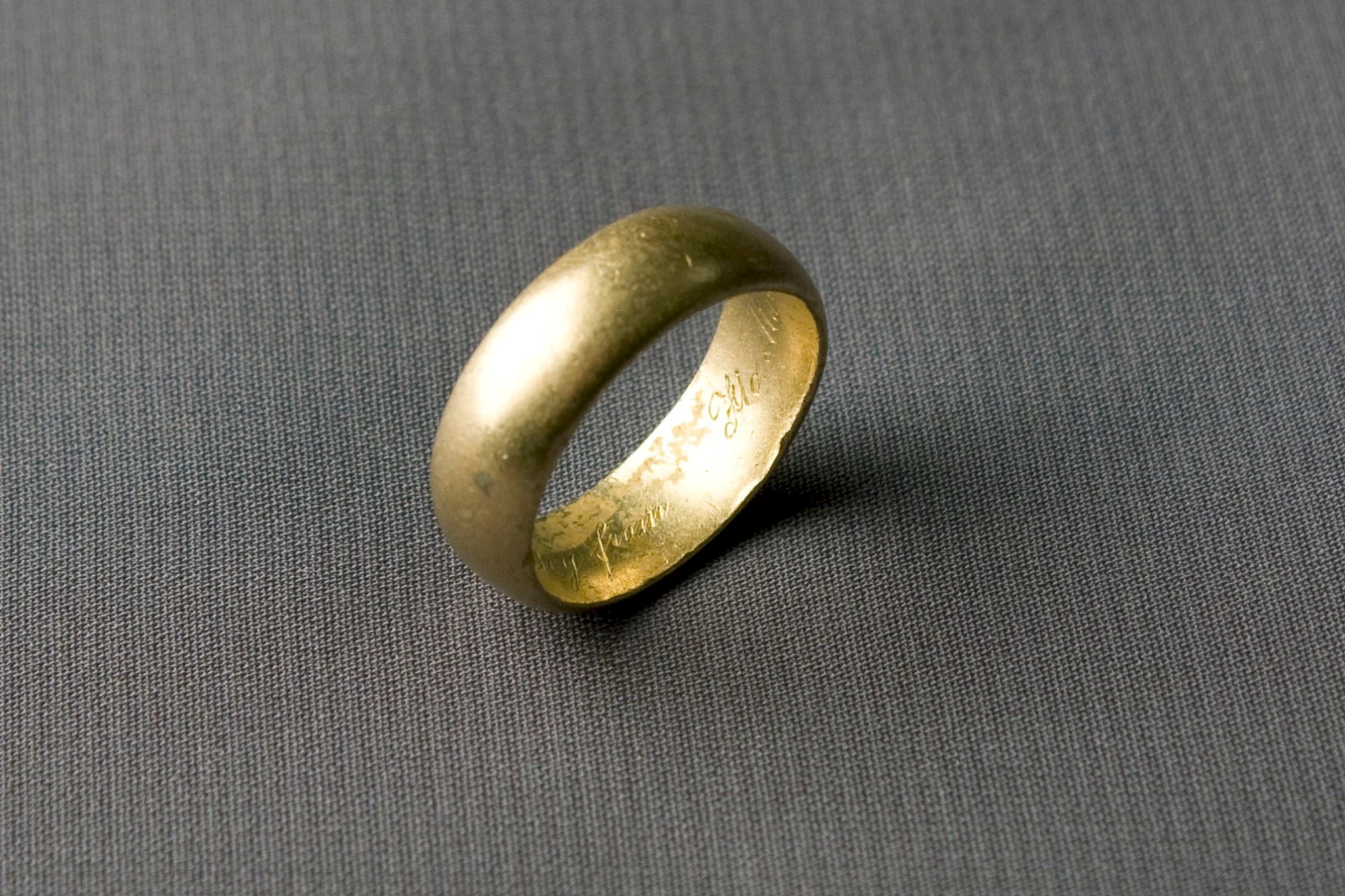At 9.27 pm on the 12th January 1918, HMS Opal sent a garbled radio message stating it had run aground, followed by silence.
Its wrecked remains were found two days later along with those of its sister ship, HMS Narborough, off the east coast of South Ronaldsay near to Hesta Head. The double tragedy which resulted in the loss of all but one of the 189 crew, is remembered on a stone and brass memorial at Windwick near to where the vessels ran aground.
Both ships were Royal Navy destroyers attached to the 12th Destroyer Flotilla based with the Grand Fleet in Scapa Flow during WWI. During both World Wars, the Admiralty used Scapa Flow as its principal naval anchorage due to its strategic location.

On the 12th January 1918, HMS Opal and HMS Narborough set out on a night patrol of the Orkney coast, along with the light cruiser, Boadicea. They were searching for German minelayers or submarines trying to disrupt operations in Scapa Flow. Less than 2 years earlier, German mines were responsible for sinking HMS Hampshire off the coast of Orkney which resulted in the loss of 737 lives, including that of the Secretary of State for War, Lord Kitchener
Both ships were ordered to return to base when the weather began to significantly deteriorate. As they set sail back to Scapa Flow, a snowstorm had reduced visibility to near zero and heavy seas further added to the extreme conditions. When the radio message arrived stating the Opal had ran aground, the severe weather meant rescue vessels were unable to head out until the following morning.
It was two days before HMS Opal was located, broken up on the rocks near Hesta. HMS Narborough was found in a similar position nearby. Out of the 189 crew, 188 had died during the incident although only 55 bodies were recovered. Those retrieved were interred at the Lyness Royal Naval Cemetery on the island of Hoy.
Only one crew member, Able Seaman William Sissons, a gunner serving aboard HMS Opal, was found alive. After jumping from the stricken ship in to the stormy sea, he had managed to climb on to rocks where he took shelter. He had survived two nights and one day of winter weather before he was rescued by a trawler. He was taken back to Portsmouth by hospital ship and spent three months in Haslar Military Hospital recovering from frostbite and exposure. He continued his naval service until 1934 when he returned to civilian life. However, he was recalled to the navy in 1939 prior to the beginning of WW2 and remained in service until after the war had ended.
In 2007, a diver at the wreck site found a gold ring that had lain on the seabed for almost 90 years. The ring was engraved with “To Stanley from Flo – 6 March 1916” and a bit of detective work revealed that it had belonged to Stanley Cubiss who served on the HMS Opal. It is thought to have been given to the sailor as an engagement present by his fiancée Florence, whom he married in June 1917, less than 7 months before he was killed. The ring was later gifted to the Scapa Flow Visitor Centre and Museum by the nephew of Stanley Cubiss.

Another remarkable discovery was a brass name plate engraved with the name ‘F. Rotchell’. It had come from the ditty box of Fred Rotchell who served on the HMS Opal and was found lining a cormorant’s nest on nearby cliffs. Sadly, Frederick was only 19 when he died and his body was one of those never recovered.
Both items are tangible reminders of the human stories behind this tragedy.
Susanne Arbuckle hosts the Adventures Around Scotland blog. You can also find her on Facebook, Instagram and Twitter.
The Promoting Orkney project has been part financed by the Scottish Government and the European Community Orkney LEADER 2014-2020
